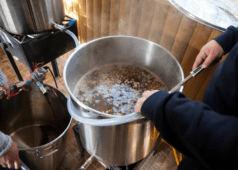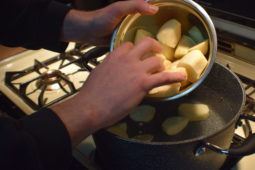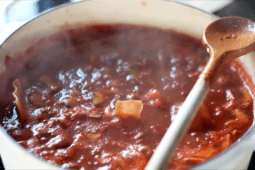A Guide to Grocery Shopping at Local Your Asian Market
Chances are that somewhere in your town––either far away from the big box stores or in some area that is under-visited or out of the way––there is an amazing Asian market nearby. They exist in towns and cities of all sizes, so don't assume there isn't one near you until you actually look into it. Asian grocery stores are an immigrant's lifeboat, and they are one of the few, authentic cross-cultural locations you can find in most of America that isn't a temple or cultural center. They tend to have an array of products that confuse nearly all shoppers due to the sheer diversity of products that fall under the category of “Asian.”
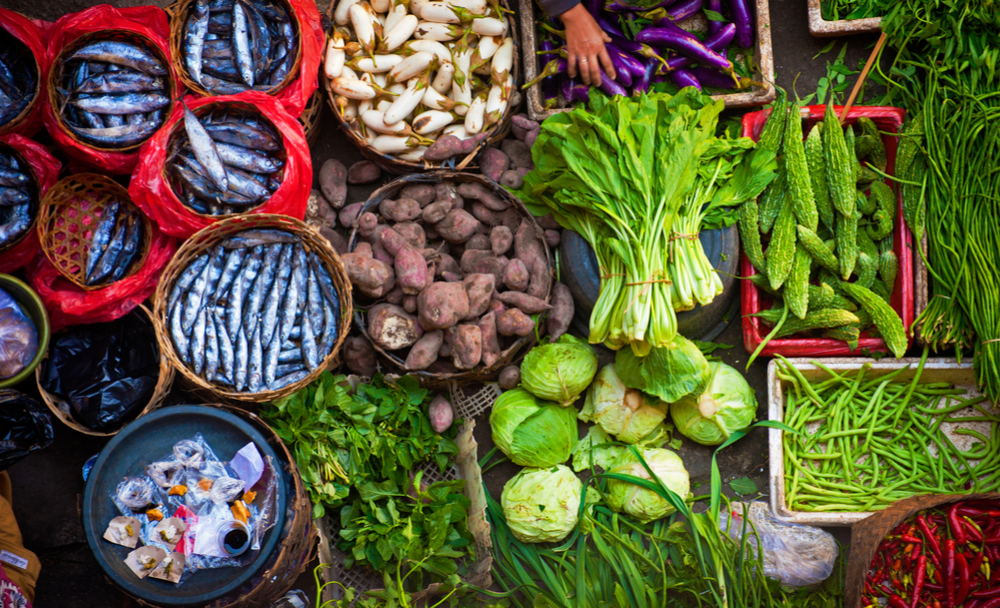
While the meat offerings and seafood tends to be absolutely exceptional and exceptionally inexpensive, the thing that routinely blows me away at my local Asian market is the produce. My god, the produce! Where your standard grocery store will have a small range of Asian ingredients, an Asian market will stagger you just in its section of radishes. Its refreshingly overwhelming, especially when you see something familiar––a bunch of cilantro or garlic or something––and recognize their exceptional quality. This is a place you should certainly familiarize yourself with, and return often.
And while you're there, you should use some of the wonderful vegetables that are, unfortunately, out of our Western culinary vocabulary. In an effort to help you navigate, here are some of the tastiest ones to look out for. This list is anywhere near exhaustive (we love you, too, ong choy), but a great way to start to learn to use some of the classic produce you just can't find at you local megamart.
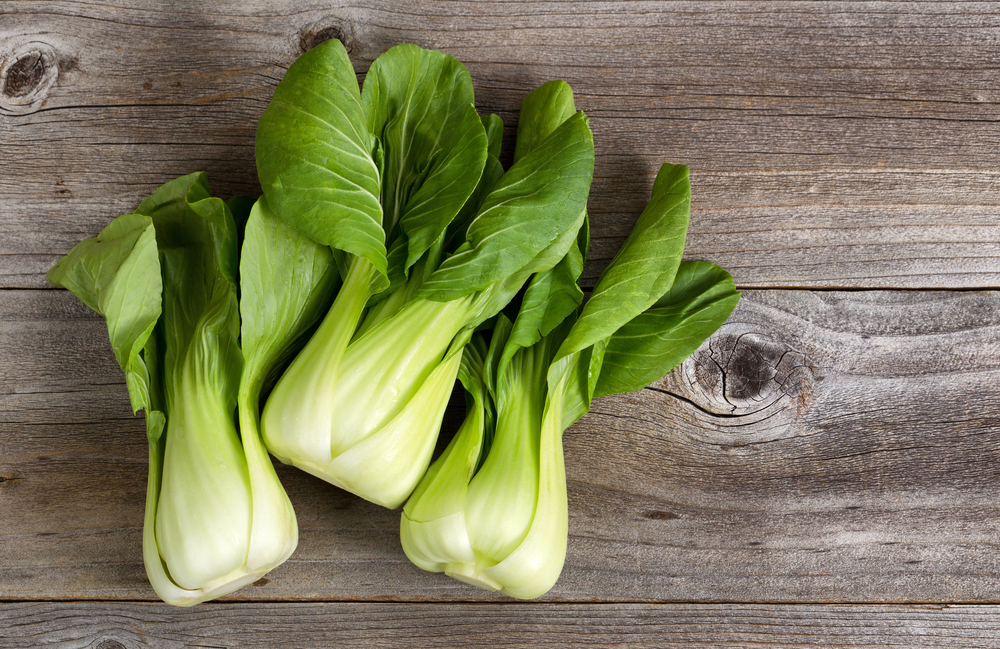
1. Bok Choy
I figure its best to start easy, and easy comes quickly with bok choy. There is no leafy green in the world quite like it where the stalk is the star of the show and the leafy greens are in the role of support. They wilt perfectly into any soup, braise wonderously, and they add a perfect vegetal note to anything high-heat. For me, the best possible version of these are the small, baby plants that can be split, braised in stock and soy sauce, and served alongside a whole grilled fish (maybe ones like these).
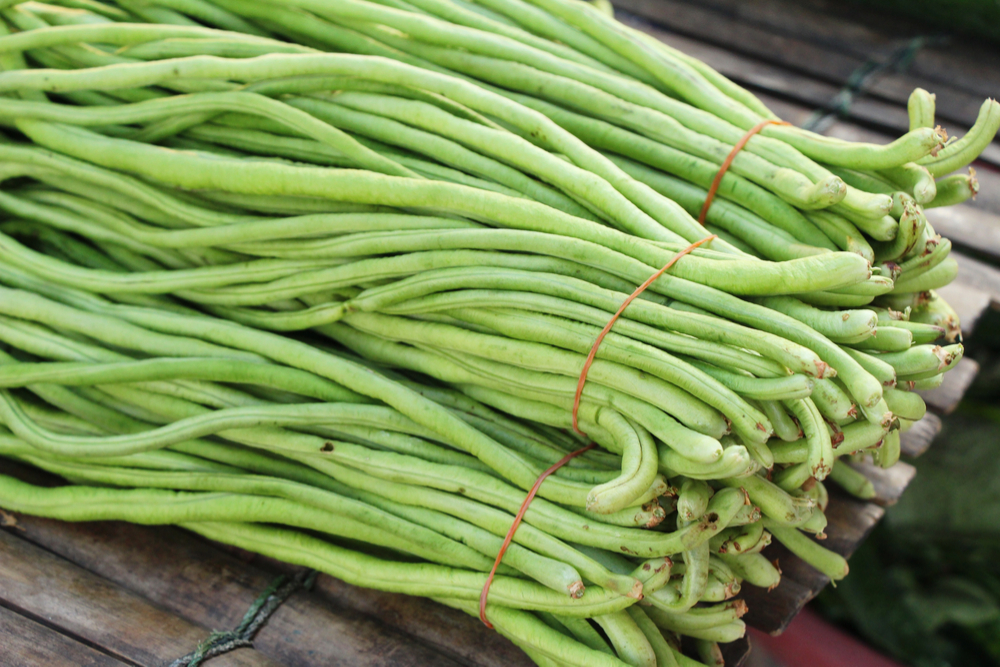
2. Long Beans
Stepping up the complexity factor are long beans. Make no mistake, these are “green beans”––they are green, they are beans. But these always taste a little more concentrated and tough than your standard Thanksgiving fare. So they need some special treatment. For one thing, these are not beans that you want to leave long––they need a good cleaning, trimming, and to be cut to size. And these are not beans you can just toss into a quick stir-fry, at least unless you are a ruminant with multiple stomachs. They do well in a long braise, or can be par-boiled ahead of time, and can stand up to a garlicky, chile-infused sauce.

3. Gai lan
Gai lan is sometimes called “Chinese broccoli,” but I think its better to call it “Chinese asparagus.” Because that's more the flavor that you get. This is one of my favorites and it is a terrific vegetable to make a regular in your rotation. Its pleasant green, bitterness stands up to a salty/spicy/sweet sauce, making it ideal for grilled and fried applications. It also goes wonderfully in a curry or a soup. I haven't tried it (yet!), but I'd guess these would grill up deliciously, topped with some chile oil.
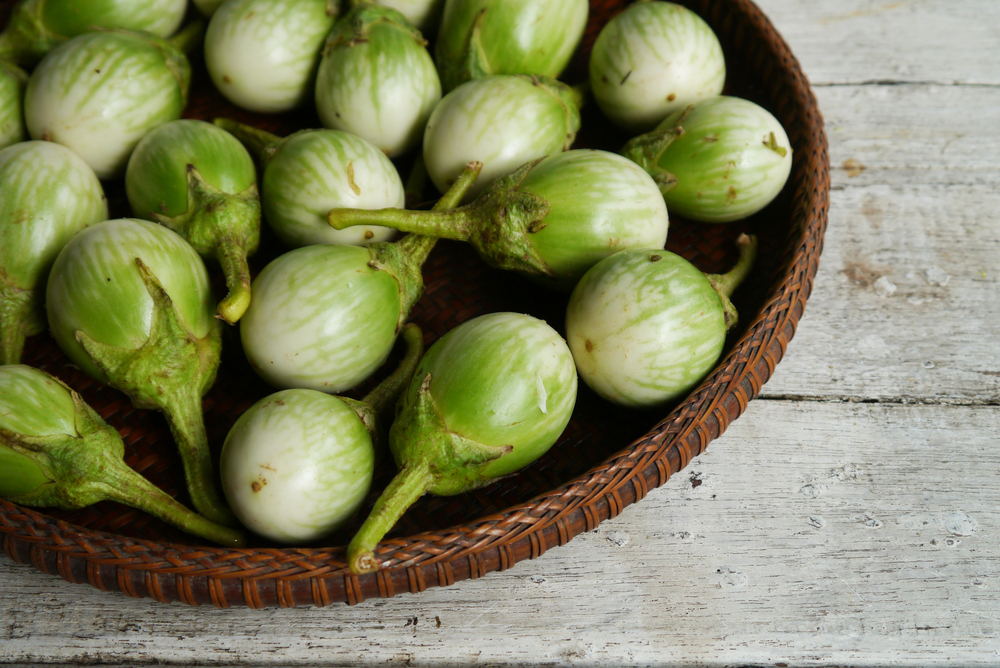
4. Thai Eggplant
In Thai cuisine, eggplant is a common ingredient to serve raw. They are supposed to be fresh and bitter and contrast with the umami-rich seasonings that define the cuisine. So, these are VERY different than the purple monsters available at most supermarkets. The place you want to use these is in a curry or a stew. If you toss in quartered thai eggplants just off the heat or at the last second, they serve as a refreshing compliment––a large-ish herbal note to make a curry pop against something fresh and crunchy. This is an acquired taste. But once you do, it becomes a necessary part of your culinary life.
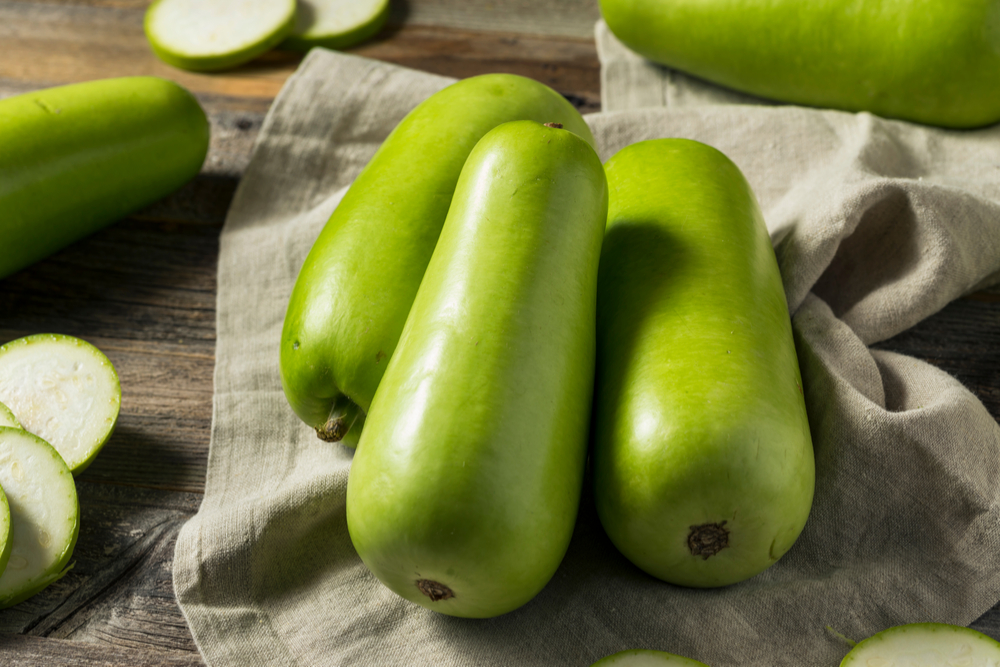
5. Opo
This member of the cucumber family is like a mature, more durable version of that vegetable. And it needs some careful attention––it can have sharp fuzz on the outside that needs to be carefully cut away, and its seeds are hard and should be removed. But the flesh can be consumed raw (if it isn't too bitter), it can be pickled, braised, sauteed––its like a cucumber grew up and got a job. This one is a challenge to include in a wider range of non-Asian dishes, but it is delicious when used in Asian fare, so it is a great ingredient to use when you are ready to broaden your Asian cooking repertoire.
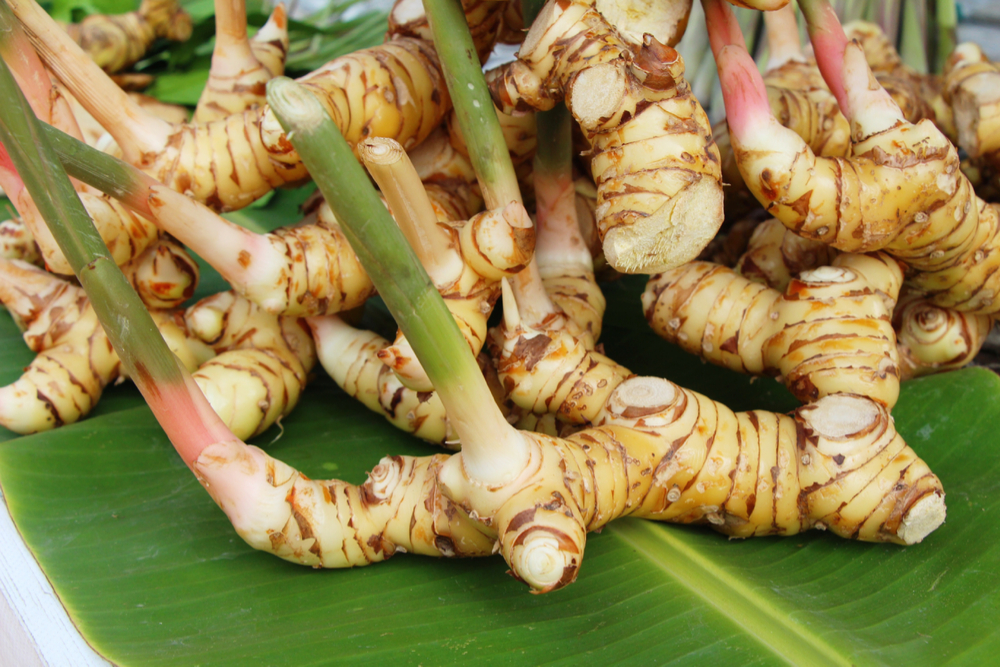
6. Galangal
This relative of ginger is becoming more and more widely known in by Western chefs, but it is not usually available in standard supermarkets or farmers markets. It is a huge part of S.E. Asian cuisine and its part of a subtle vocabulary of flavor and aroma that eludes anyone who has not grown up speaking that culinary language. Standard for Americans cooking, say, a Thai tom kha soup is “use galangal if you can get it; but substitute ginger if you can't.” In Thailand, you get the sense that that kind of substitution wouldn't make any sense. There are several varieties, and if you plan to go to an Asian market, you will likely finally have the opportunity to see it in person. And it is a wonderful ingredient to get to know.
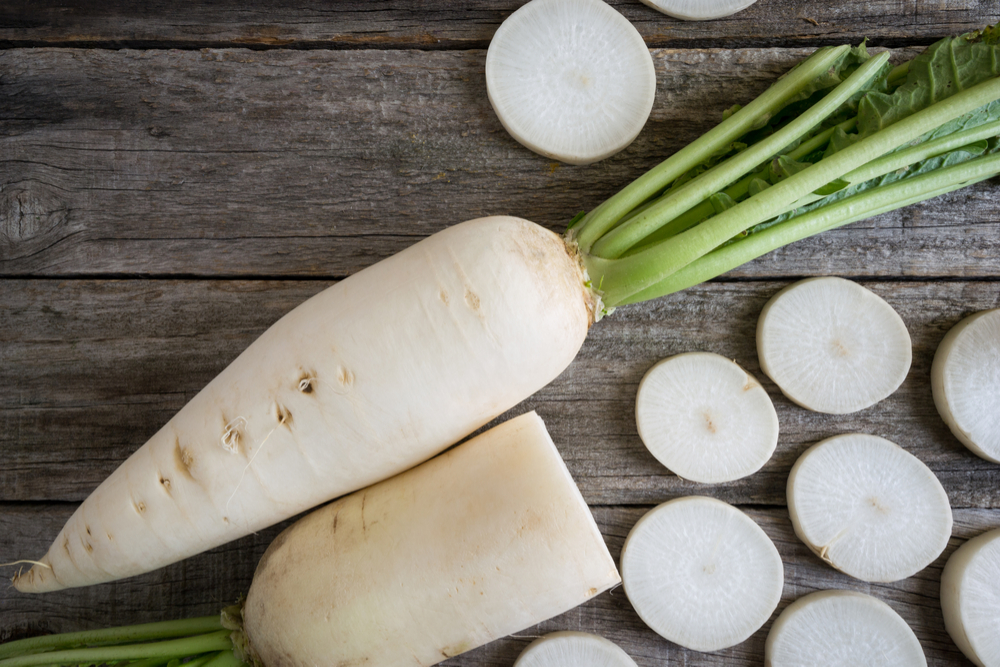
7. Daikon
It is absolutely stunning how influential this long radish is to all kinds of Asian cuisines. It is the basis for canonical soups, it is treated in all manner of ways, it is served raw and cooked in completely different preparations. It is a shape shifter. AND it is unbelievable that such a huge part of Asian cooking has not had a bigger impact on Western culinary voices. The range of things you can use daikon in are as numerous as your imagination, but since it is so central to a range of Asian cuisines, this is one vegetable where you can experiment with it as well as learn to use it in traditional ways. Spending time with some traditional recipes will give you a huge leg up in incorporating this monster of the vegetable world into your own cooking life.
How to find an Asian market near me?
Obviously, you can start with a good search online for Asian grocery stores. But be warned, not every local market is going to have a listing online. Make sure to check your local farmer's market (as around with the vendors there). Another great place to look is in your city's local Asian newspaper or circular. Hmong, Vietnamese, and other southeast Asian immigrant communities often have a vibrant print newspaper, so check local new stands, or search online (e.g. Minneapolis Hmong newspaper)
There are, of course, plenty more. What are your favorites from the produce section of your local Asian grocer? Let us know in the comments below.



